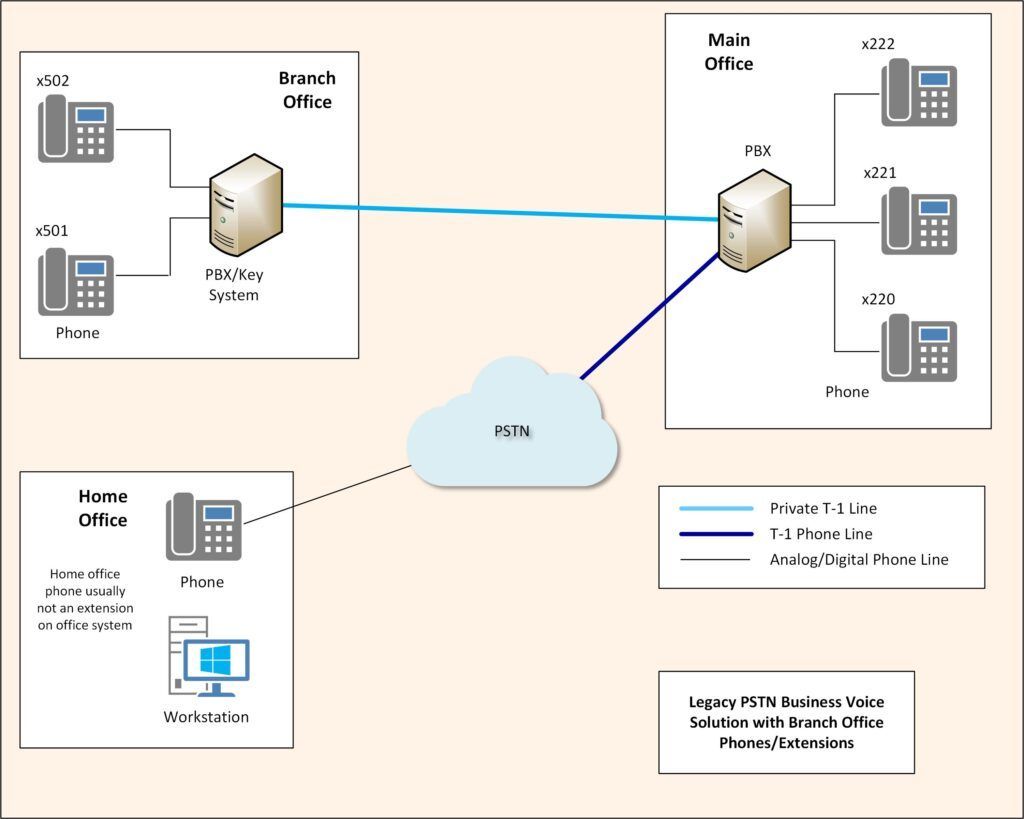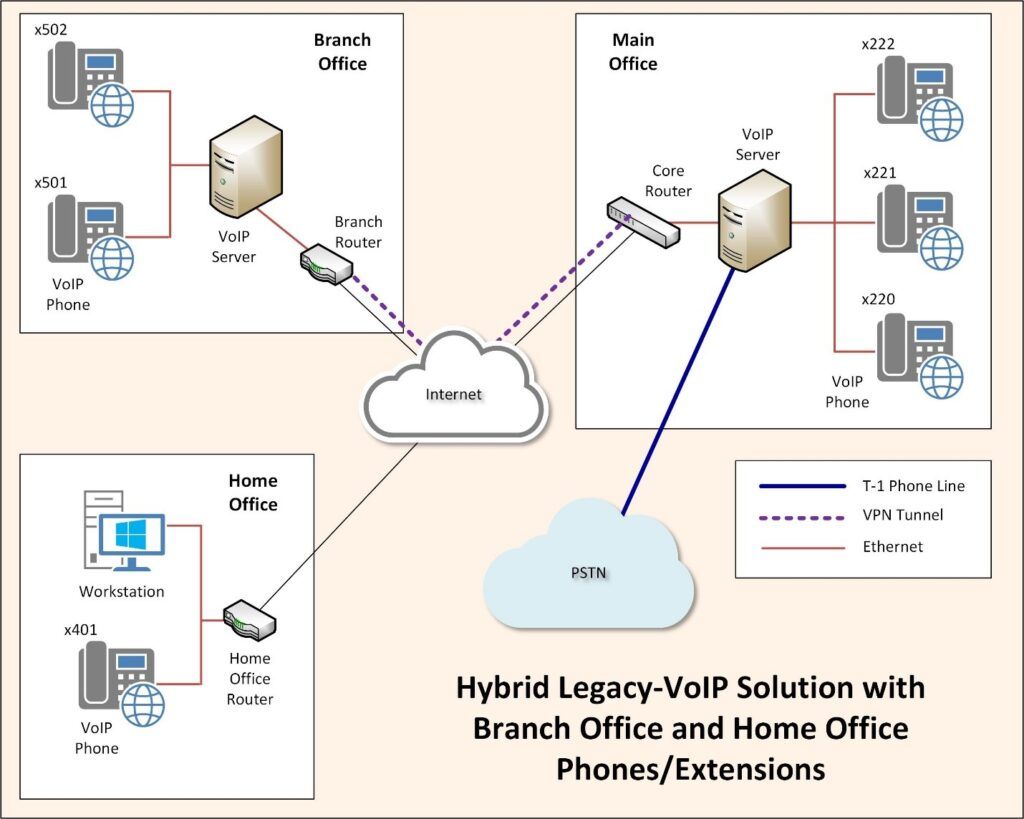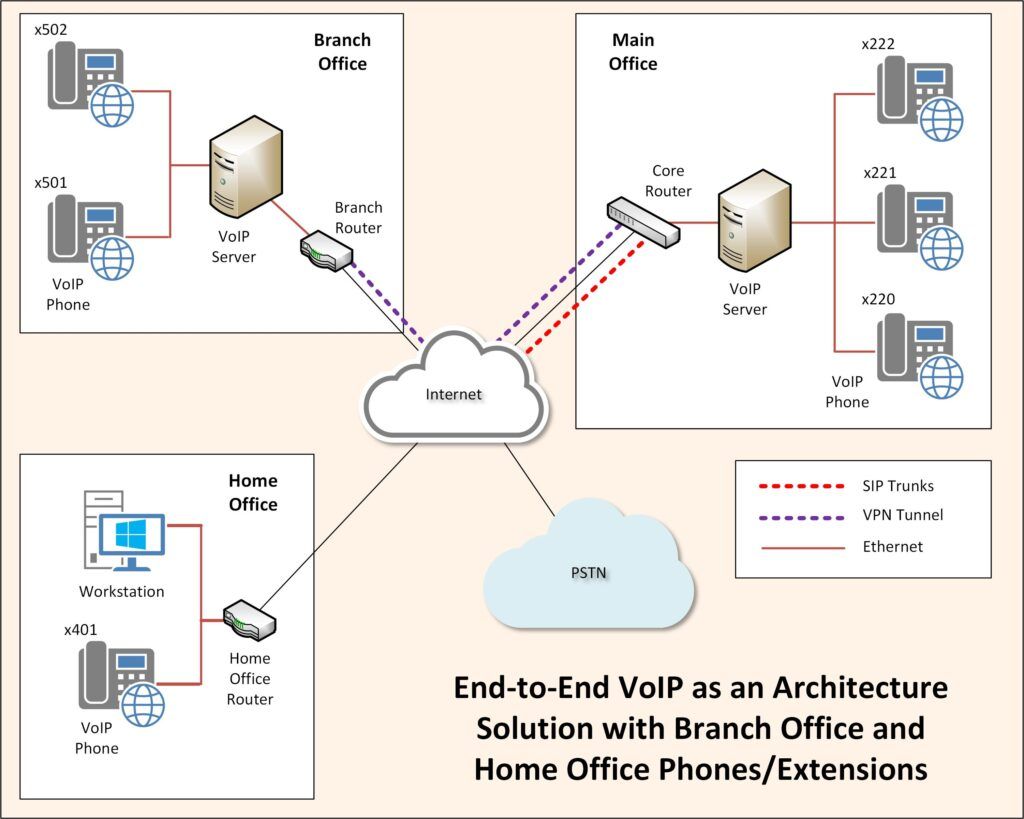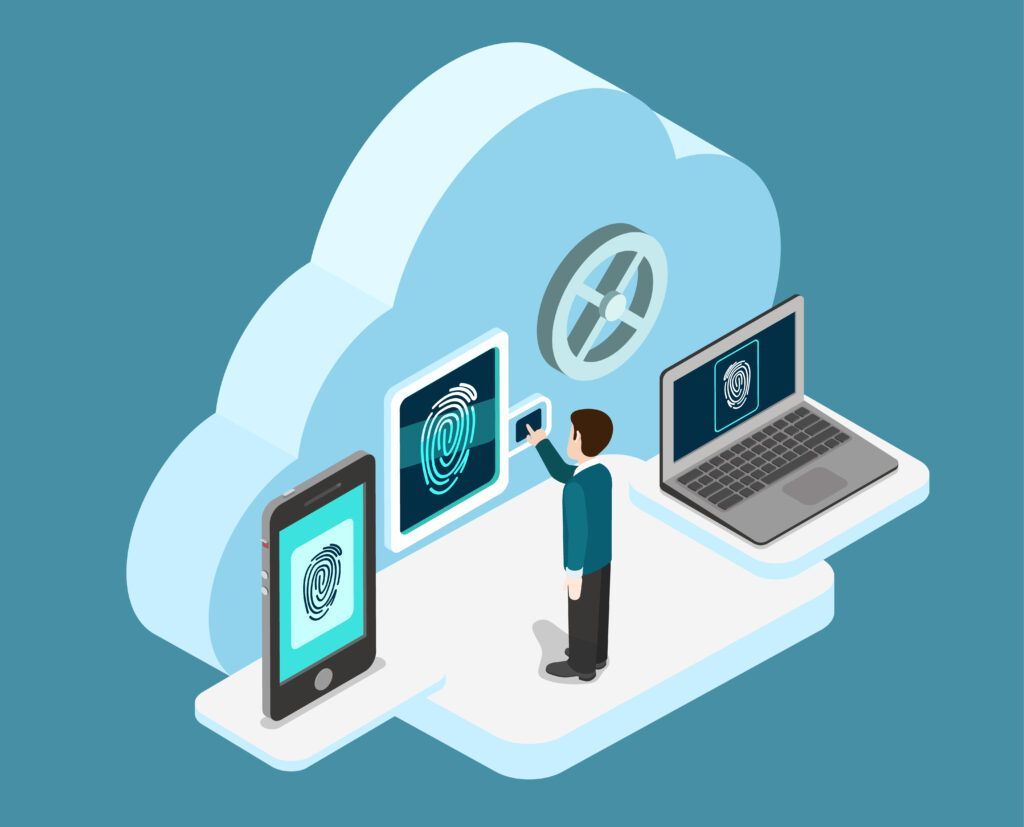What is VoIP?
An SMB Perspective
“VoIP” is one of the most commonly used and widely misunderstood acronyms in the IT industry. VoIP stands for “Voice over Internet Protocol”. Self-explanatory, right? Unless you are an IT geek, maybe not so much. So what is VoIP? And how do you know if you have it or need it?
Fundamentally, VoIP is a technology that allows businesses (and consumers) to access the public voice network (we’ll refer to it as the Public Switched Telephone Network or “PSTN”) without having a traditional analog or digital voice line (more on that in a moment). Instead of using the voice network, VoIP uses data networks (like the Internet) to “carry” voice traffic, which creates opportunities for cost savings and efficiency.
In this Blog, we’ll focus on the available types of business voice service and how you can determine which one you have. And if you don’t have VoIP, why you might want to consider making a change. Let’s start with the Legacy Business Voice Service.
Legacy Business Voice Service
In a legacy business voice service, the phone company provisions analog or digital voice lines to each handset in an office. If a business needs a large number of lines, the phone company multiplexes the lines onto a T-1 or ISDN circuit, which it terminates on a PBX (Private Branch Exchange) at the customer premises (see Figure 1). The PBX “unpacks” the phone lines and distributes them to the phones in the office, each of which is assigned an extension. If the business has branch offices, then Private circuits are used to connect each branch office PBX to the main office PBX.

You can often detect the presence of a PBX in your office because you have to add a “prefix” to a dialed number in order to reach an “off-net” our “outside” line. This type of service was the “gold standard” for American businesses for over 50 years.
Hybrid Legacy-VoIP Solution
In the 2000s, technology vendors started shipping equipment that could utilize the data network (e.g., Ethernet) to carry voice traffic. This meant that the phone company’s analog/digital service could be terminated on a VoIP Server at a business site and then converted to data traffic for delivery to office phones. The protocol used to carry voice traffic over the data network was called Voice over IP or “VoIP”. The initial application of VoIP technology involved Hybrid VoIP solutions in which the connection to the public voice network was still provided by the phone company but internal voice traffic was handled by VoIP equipment. When combined with VPN (virtual private network) technology, Hybrid VoIP implementations allowed companies to eliminate expensive private lines to branch offices and gave them more flexibility in connecting home office workers to the corporate phone system (see Figure 2).

End-to-End VoIP Service
Roughly ten years ago, service providers began offering “SIP” (Session Initiation Protocol) Trunks as a competitively priced alternative to traditional business voice service. Without getting into the details of how SIP works, suffice it to say that SIP makes it possible to use VoIP to communicate with the public voice network without having an analog or digital voice line. In other words, calls can be made and received to/from anywhere in the world using only an Internet connection. Thus, End-to-End VoIP Service. There are two major advantages of using an End-to-End VoIP Service for businesses—1) expensive T-1 and/or single line voice circuits are no longer needed and, 2) SIP “trunks” can be “carried” in a company’s Internet circuit.
This was definitely a game changer! In fact, Internet Service Providers (ISPs) and companies like Vonage and VOIPo began offering Residential VoIP service as a cheaper alternative to traditional residential voice service. Eventually, as consumers shifted to mobile voice service as their primary communications medium, VoIP service providers began to focus more of their resources on business voice services. Which brings us to the point of our story.
Today, there are two models for End-to-End VoIP service:
- VoIP as a Service
- VoIP as an Architecture
VoIP as a Service
In a VoIP as a Service model, the Service Provider offers a “Cloud PBX” service and the customer pays for each VoIP handset subscription. This solution does not require any special customer premises equipment (CPE) other than a VoIP handset and each handset has access to standard business call features like call waiting, call forwarding and voice mail. Some Service Providers offer automated attendants, Interactive Voice Response (IVR), and extensions as optional features. In most cases, the service provider provides access to a web portal where the customer can manage the various call features. The downside to VoIP as a service is that the price does not scale as the number of handsets increases.
VoIP as an Architecture
In a VoIP as an Architecture model, a VoIP PBX is located at one or more of the customer locations and SIP (Session Initiation Protocol) Trunks are provisioned to the main office PBX to interconnect to the public voice network (“PSTN”). The SIP Trunks are carried over an Internet circuit and all call features are managed on the PBX (see Figure 3). Brach office and home office phones are connected to the Main office via point-to-point (P2P) VPN tunnels (VPN Tunnels are a truly exciting topic but beyond the scope of this discussion!).
The advantages of VoIP as an Architecture include:
- SIP Trunks are significantly cheaper than comparable legacy business voice lines
- All call features can be managed locally and extensions can be provisioned on both branch office and home office VoIP handsets
- As more VoIP handsets are added to the system, the total cost of ownership per handset rapidly decreases

Another advantage of the VoIP as an Architecture model is enhanced customer support. In the VoIP as a Service model, technical support is rarely custom tailored for each client. Service providers typically have global call centers and support is often limited to resolving service outages and disruptions. Getting help with managing users or customizing call features is difficult at best. With VoIP as an Architecture, SMBs can engage a Managed Service Provider (MSP) to deploy and manage their VoIP infrastructure. A well-organized MSP will keep detailed records of each client’s installation and provide highly customized support as the client’s needs evolve.
So, do you have VoIP or Not?
From an SMB perspective, perhaps the biggest advantage of any VoIP architecture is the potential cost savings. So, one way to figure out if you have VoIP is to review your phone bill. Traditional business voice service is still very expensive compared to VoIP. Clients regularly pay $50 per month per line (or more) for this type of service. If Central Office call features are added, the cost is even higher. Hence, if your bill is roughly $50 per month per line, you might have some form of legacy business voice service.
If you know that you own a PBX or key system, check your phone bill to see if it includes charges for a T-1 or ISDN circuit. The presence of these charges is usually a good indication that you have a legacy business voice service. You can also ask your managed service provider (MSP) what type of service you have.
If you know that you have a VoIP server/PBX, then it is important to make sure that you have an end-to-end architecture. That is because businesses that switched to VoIP in the past ten years may still be paying too much. The first generation of VoIP PBXs were often deployed as gateways between legacy voice service and internal VoIP infrastructure. This type of hybrid solution allowed enterprises to take advantage of the benefits of VoIP even if their local service provider did not offer SIP trunks. Unfortunately, hybrid solutions are usually more costly than End-to-End VoIP solutions using SIP Trunks. Therefore, if you have a VoIP PBX, check your phone bill for the presence of T-1 or ISDN circuit charges. If they are present, then you probably have a hybrid solution.
Finally, if you are getting your phone service from a company like Vonage or Ring Central, then you probably have VoIP as a Service. However, if you have more than 6 phones, then performing an ROI analysis on a VoIP as an Architecture model is definitely in your best interest.
VoIP is a true game changer for SMBs. It gives SMBs the ability to seamlessly connect branch offices and remote workers to the corporate environment at significant cost savings. In a competitive business landscape, that is an opportunity that is too good to pass up!








Browse Our Website
Contact Information
Phone: 972-675-5400
Email: info@red1ns.com
Address: 4310 Wiley Post Rd Ste 202E Addison, TX 75001
License Info: B07288701

